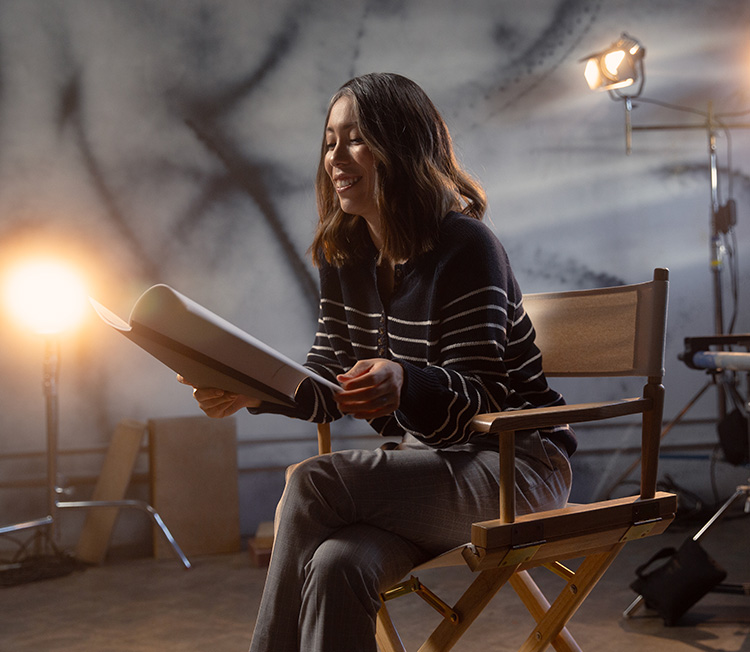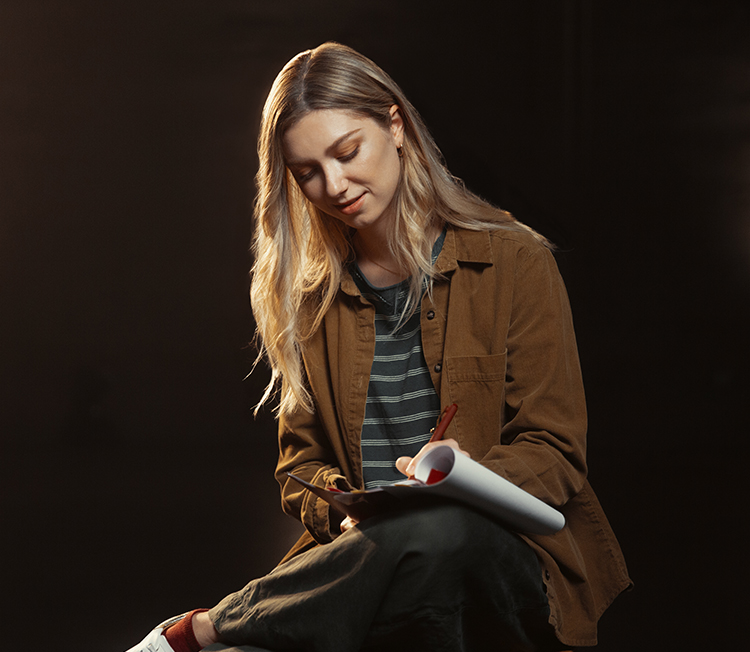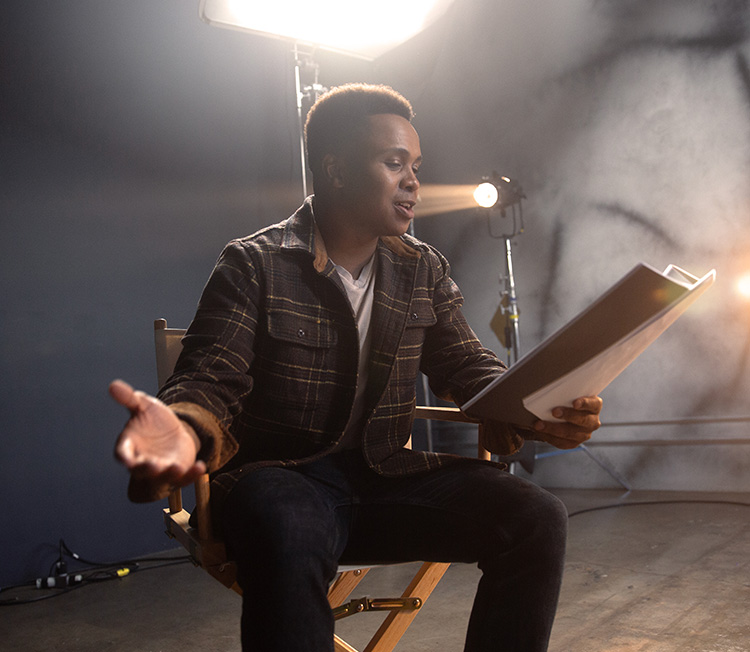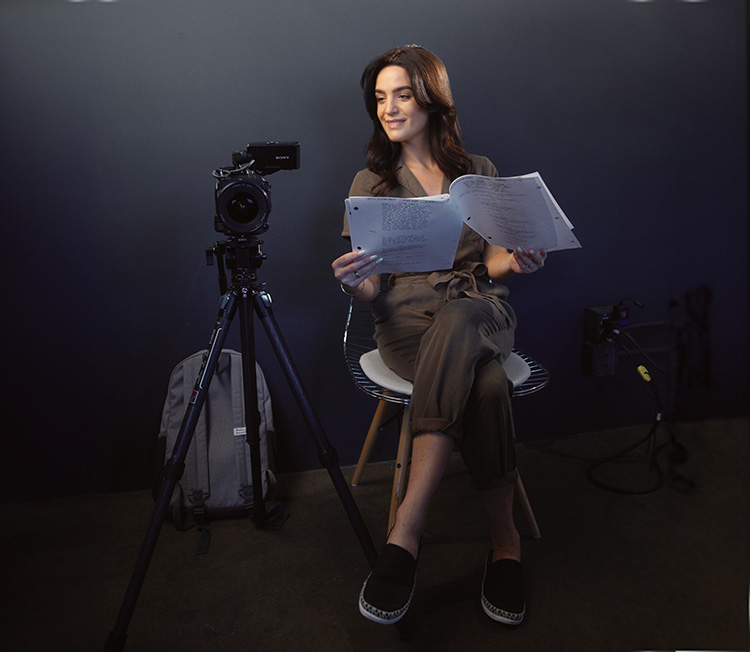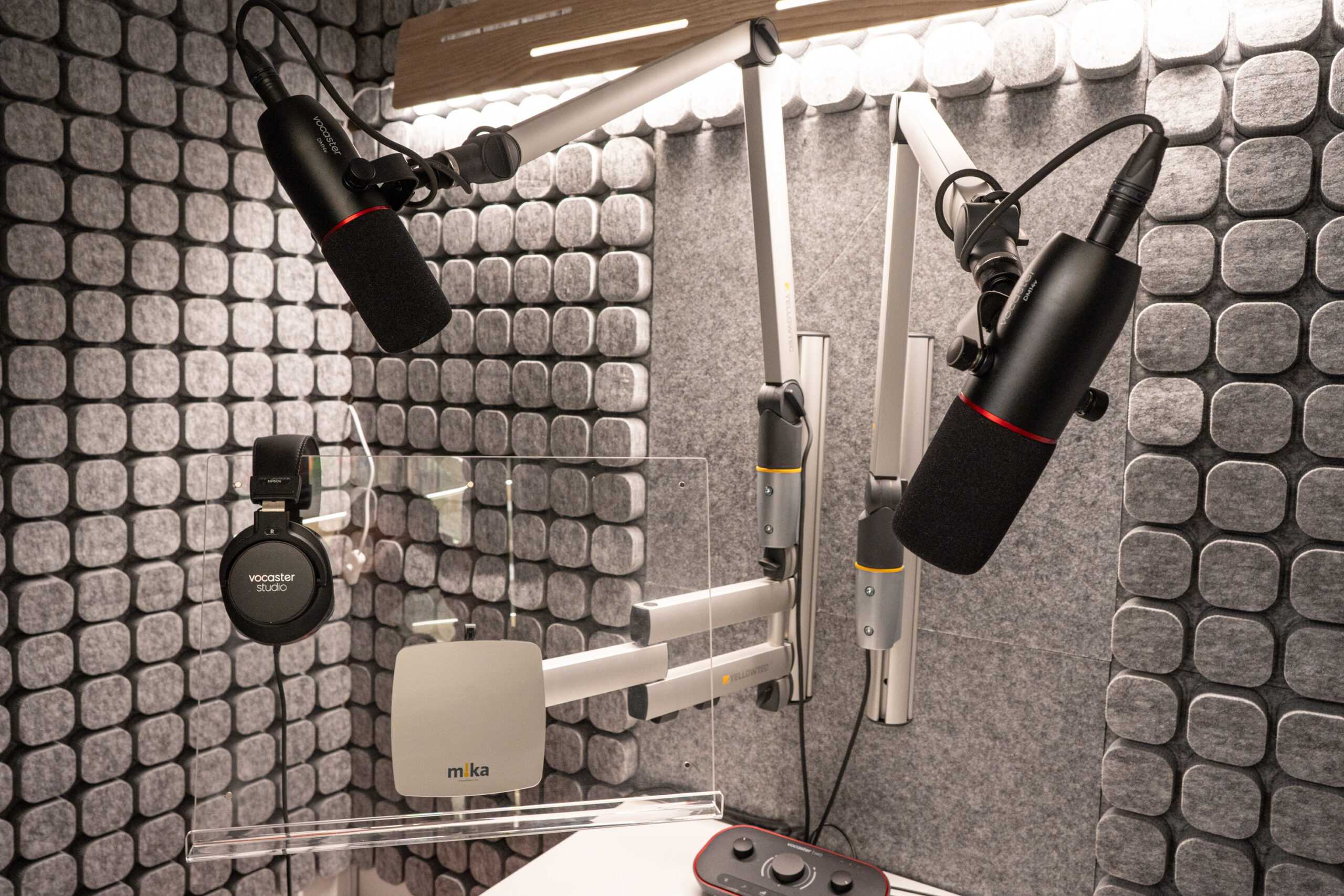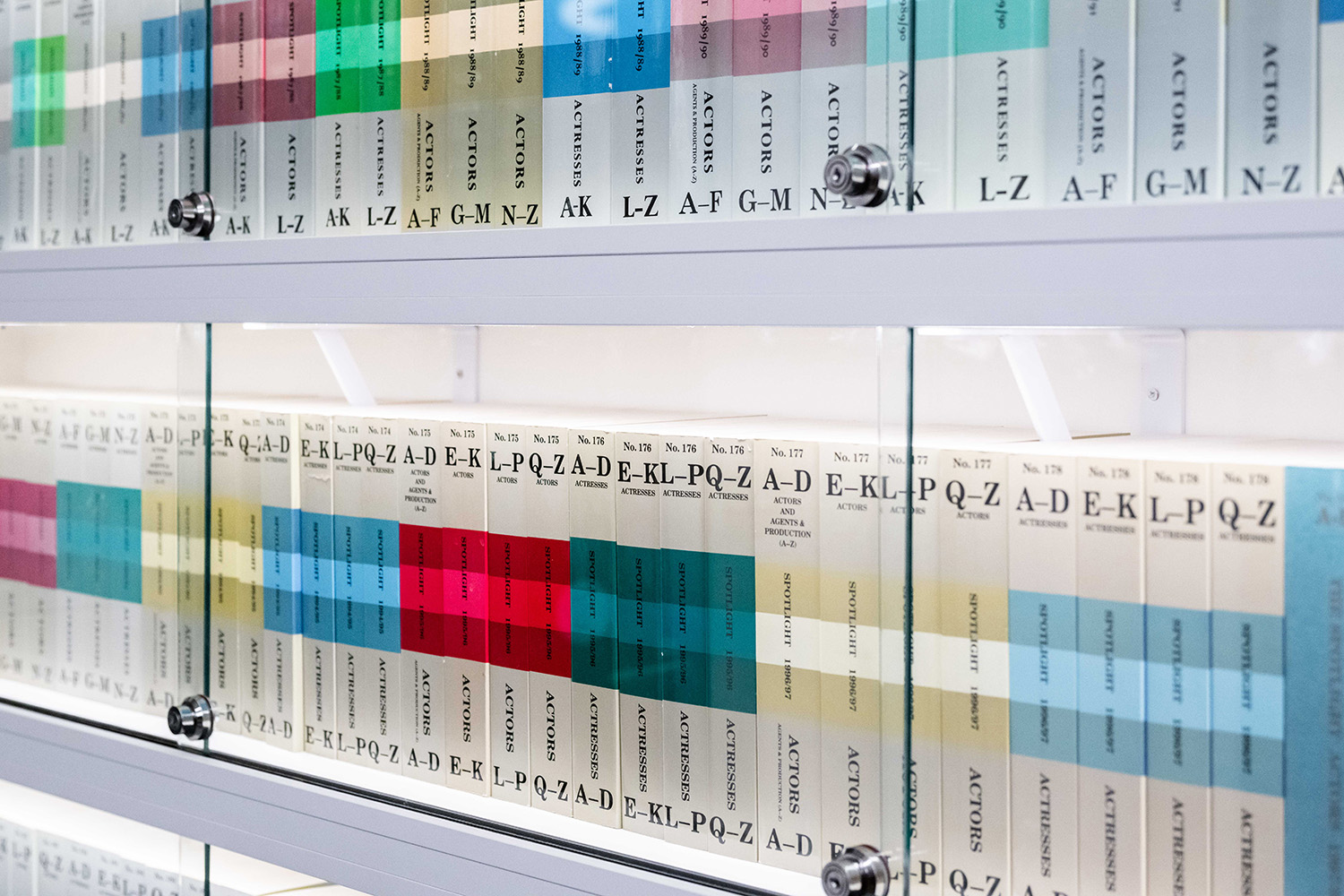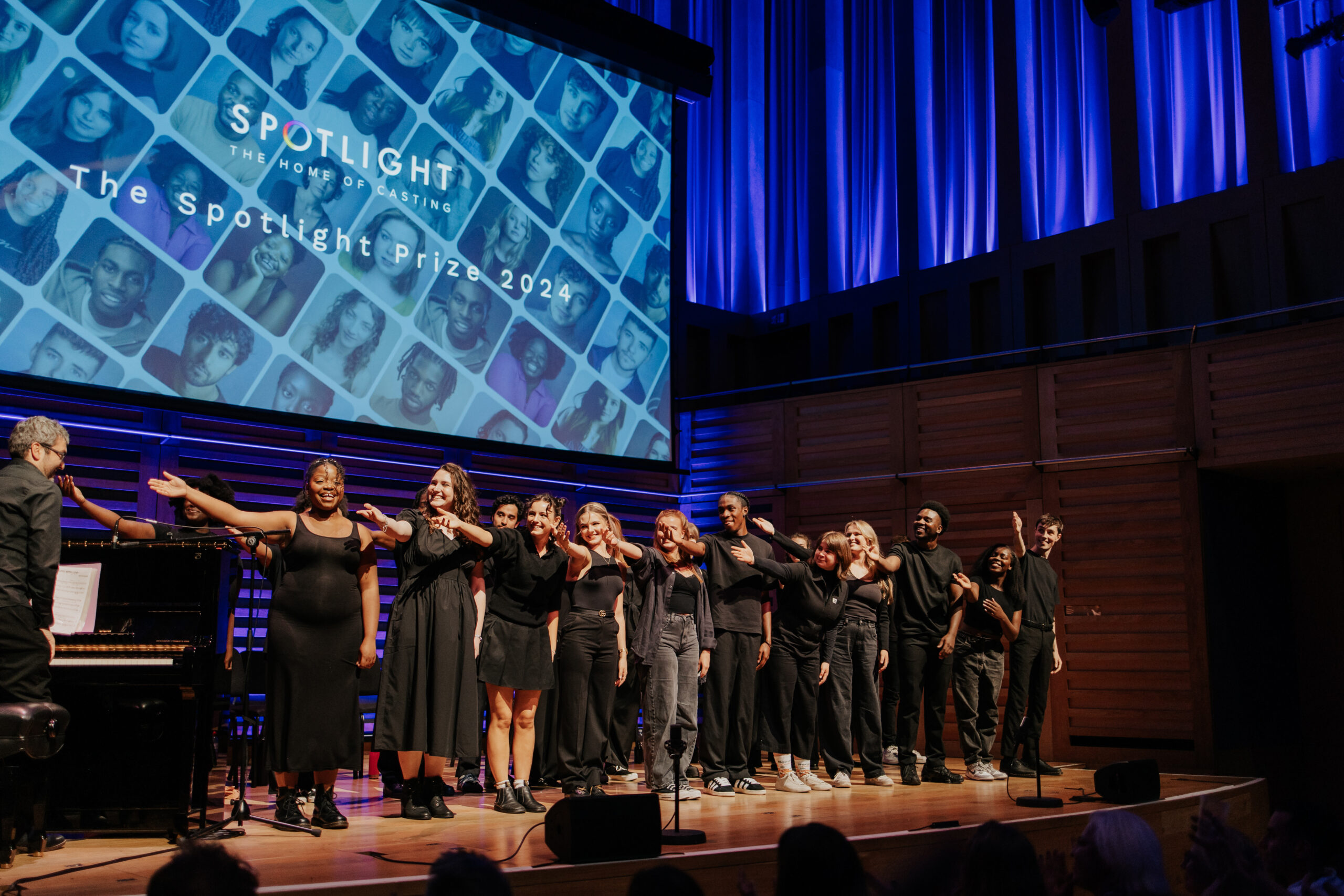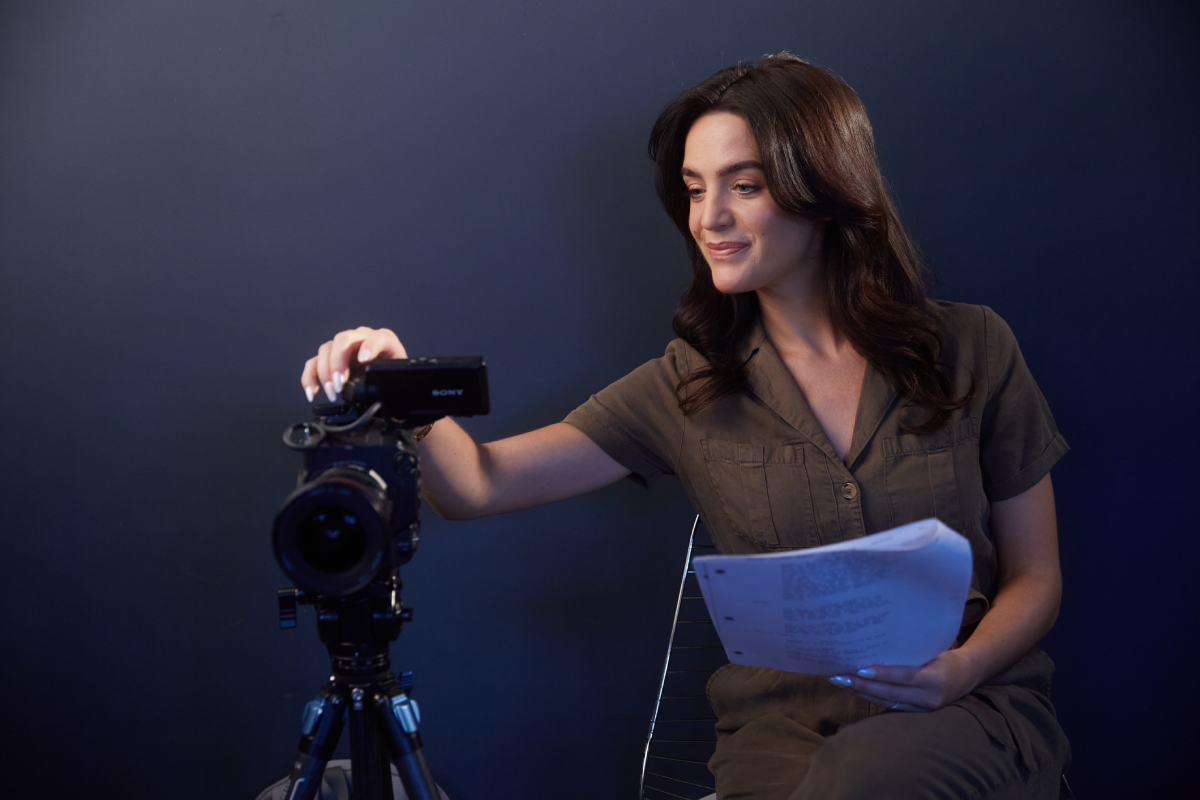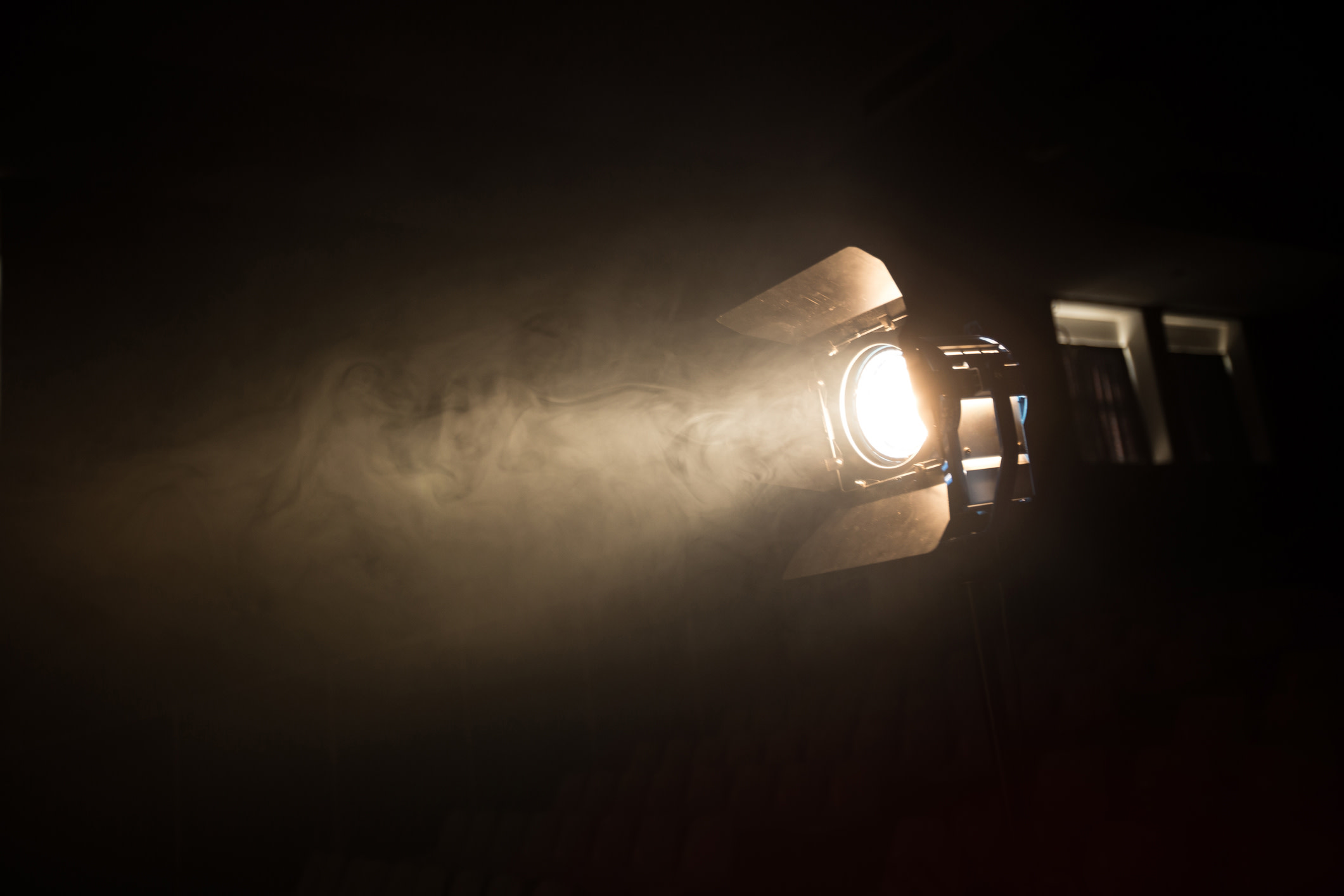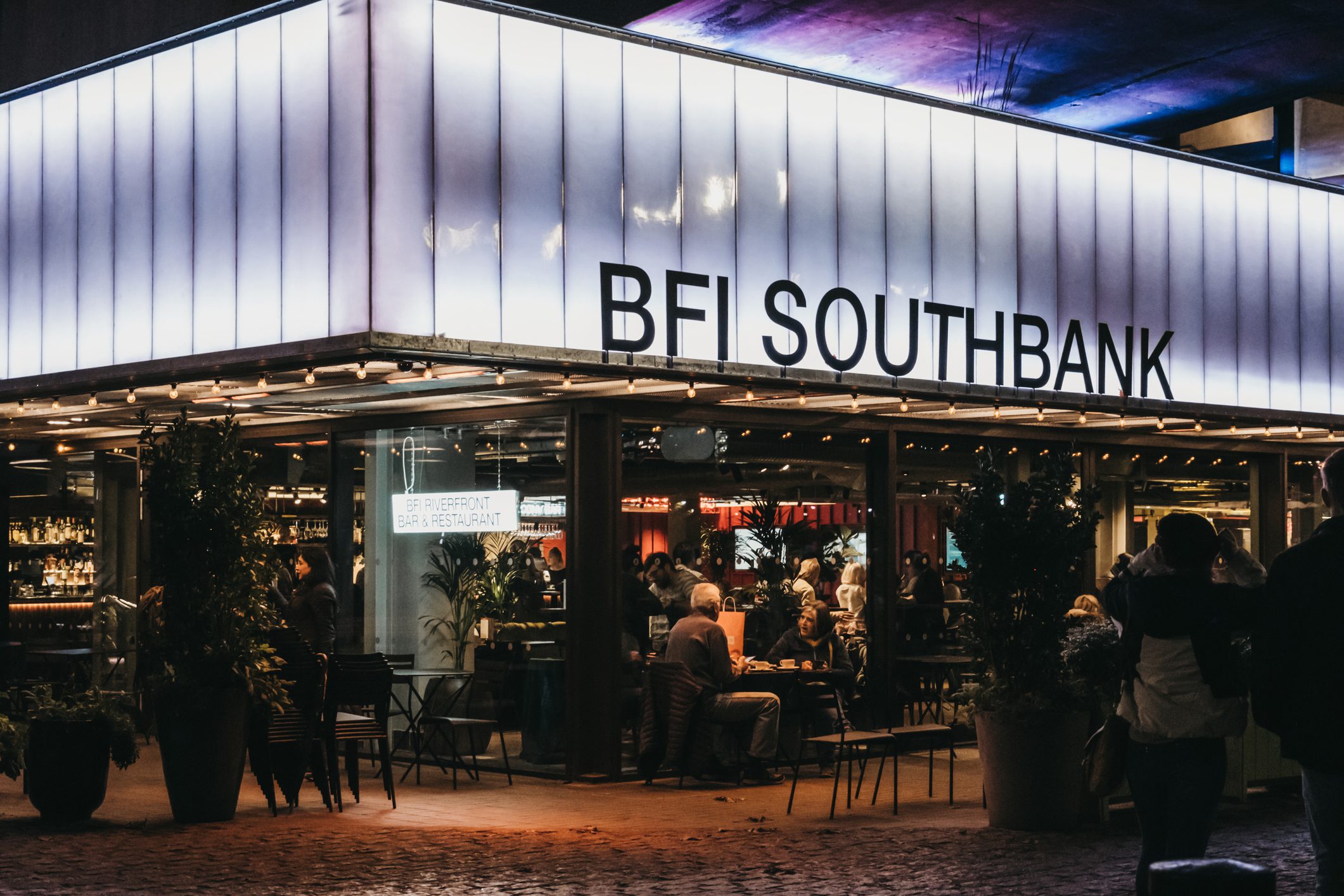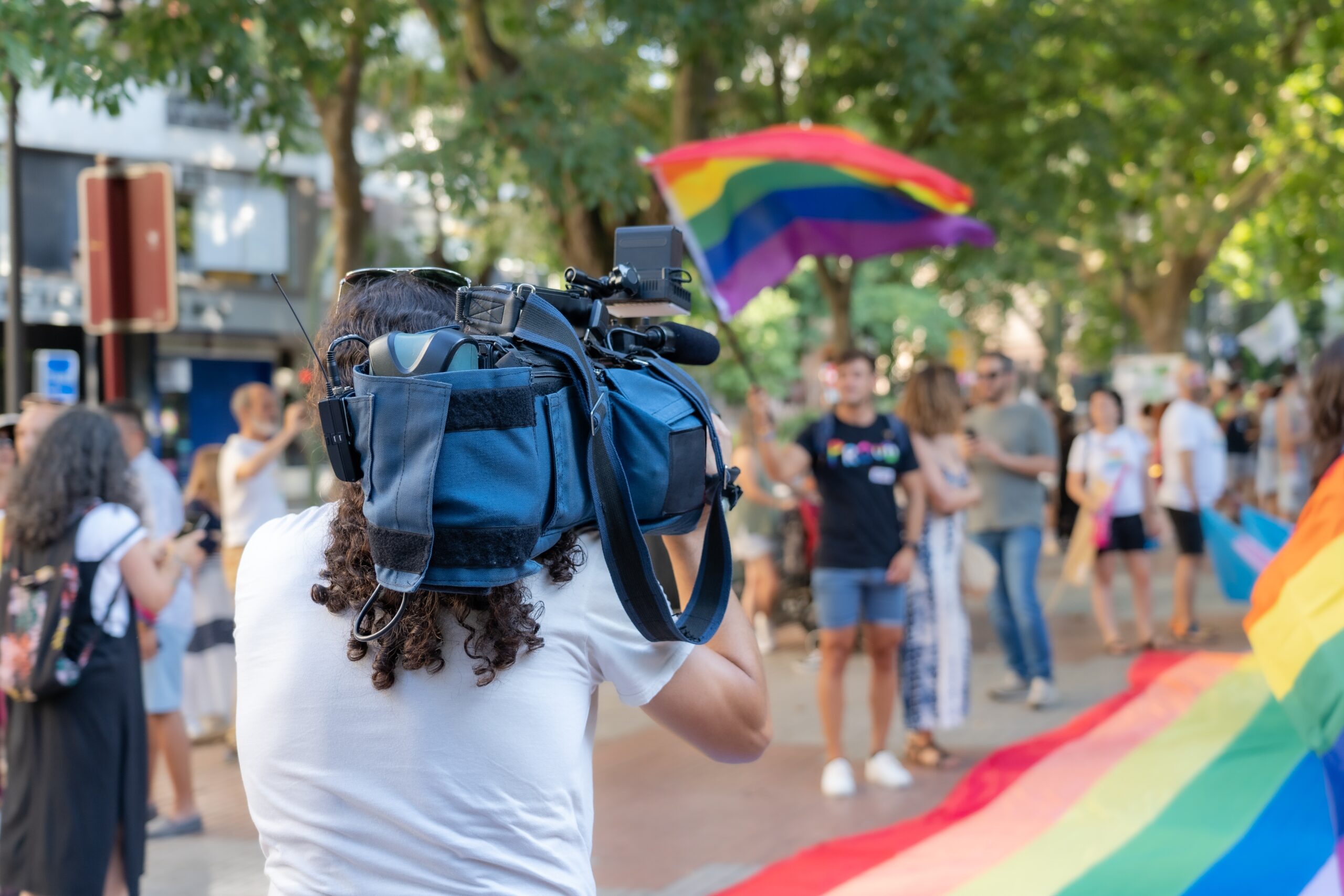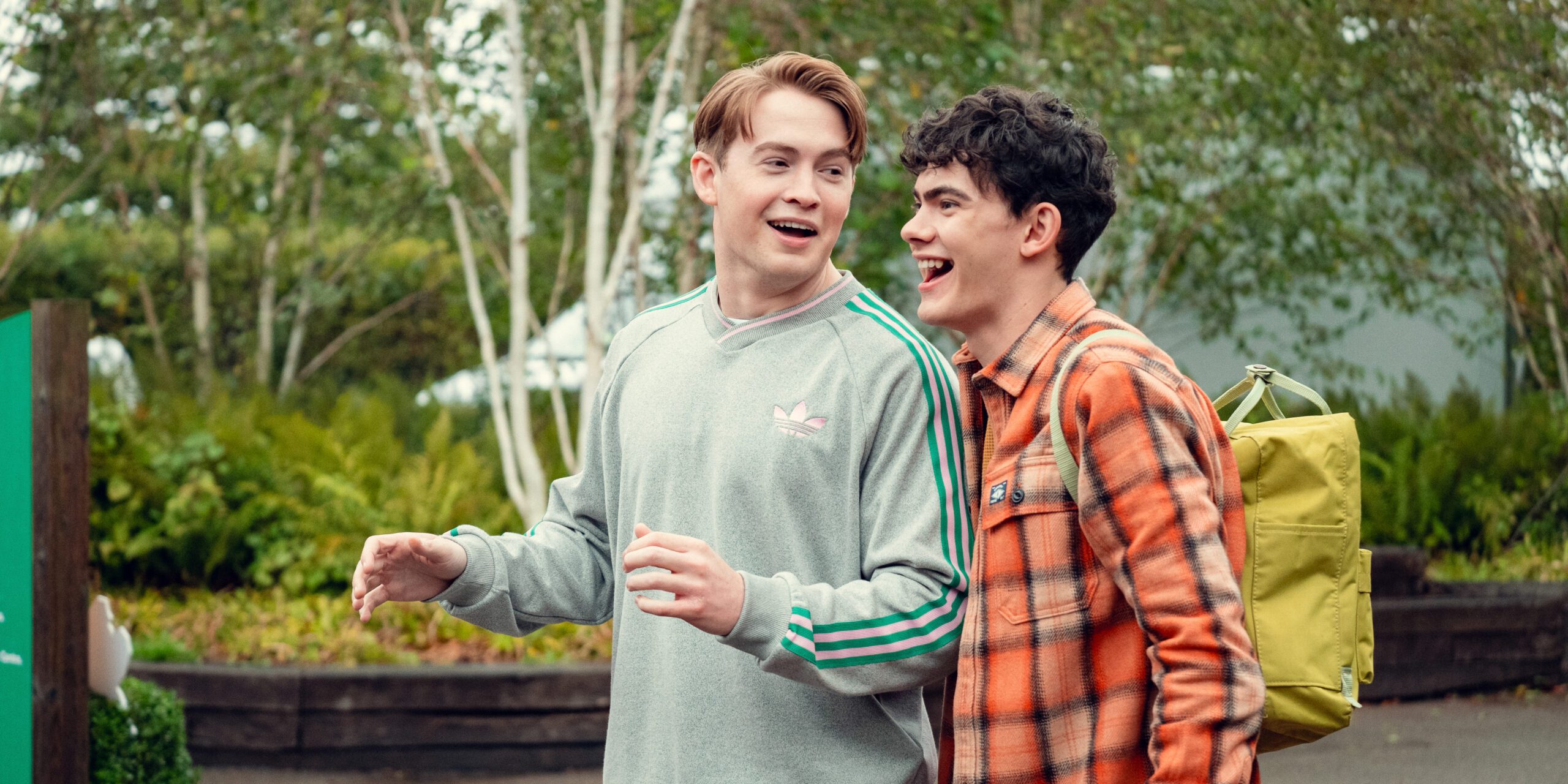How the world of lighting impacts actors, the characters they play and the scenes they’re in.
The magic is rarely under the spotlight, it’s in the mystery surrounding it. Lighting is a powerful tool I always pay attention to, not only when watching a play or a film but also as something I can harness for my character work. The use of light is pivotal to how an actor is presented in a scene and offers incredible structure and insight into where a character is at any point in a story. Within this, lighting actors with darker skin and how to do it well has been an ongoing issue for years and unfortunately, still not a given when on set.
How Lighting Can Change a Scene
Some scenes have been made famous by their lighting achievements. There are stand-out scenes such as Rachel’s questioning in Blade Runner, the opening chase through the forest in E.T. the Extra-Terrestrial, the first glimpse of Strider in The Lord of the Rings. Lighting, natural or not, makes those moments memorable by offering emotional prompts, or momentary aspects of appearance, through astute visual manipulation – a contribution that sits solidly alongside the score. A beautifully lit scene out of context can still overwhelm you. That is the power of casting shadows by design.
Let’s take a moment from a well-loved film – E.T. the Extra-Terrestrial – (lighting team led by cinematographer Allen Daviau). E.T. has been hastily hidden amongst a collection of toys in Elliott’s closet. When Elliott teases him back out they stand together in a slightly elevated haze of curiosity. There’s more shadow than light. There are lamps everywhere but none are switched on. The blinds, catching the most sun, are drawn, and the sunlight pushes against them throwing everything into a mysteriously still half-light. When Elliott shows E.T. around his room both are in silhouette. The whole thing feels like a massive secret – which of course it is. There is the promise of safety in Elliott’s room. This very simple adventure of discovery within the half-light is a beautiful illustration of using light to bring characters together in an immediate and delicate way. The lighting connects them in a way that’s closer than their physical proximity and, as an audience, we feel it immediately.
How Does Lighting Affect a Character?
As an actor, I rewatch scenes from films and television to explore the shadows and how the actor moves in and out of them. I anticipate the changes to stage lighting between scenes, how it affects colours, and how it underscores the conversation. It’s a boundless resource from which to draw.
I will ask myself whether the light is warm or cool, strong or soft. How does the lighting work with that flick of the coat, the glance into the distance? Did the actor move into the light or was the lighting changed for them? What would it mean if my character walks straight through shadows or around them? How would I feel in the middle of it? Would my character seek out the darkest corner of a room or prefer to be by the exposed window?
Great lighting will transform an actor’s performance, and the actor will experience an emotional state that just wasn’t there before. And the audience? The audience will be transported.
Tailoring Light to the Cast
A question frequently asked when discussing film and television is why are darker skin tones often muted or shadowed in comparison to their peers? How can on-set light be harnessed in a practical and inclusive way, and be common working practice? It affects everyone in the scene because it changes how characters are portrayed and very simply, how clearly they are seen. An actor can still be lit as an integral piece of the story without betraying the lighting narrative, just watch Star Trek OS (Gerald Finnerman), Arrival and When They See Us (Bradford Young) for examples of where this is successful.
Having been on a set where lighting has been badly planned, executed, or simply neglected towards darker skin, I know how demoralising and unsettling this can be and how it affects the quality of the finished product. Actors look dull and one-dimensional or are simply in shadow. We look forgotten. An actor will ultimately set their concerns aside and get on with their job, but it is absolutely the responsibility of the lighting designer/cinematographer to get this right, working with the make-up artist (MUA), otherwise it is a disservice to the actor and the entire production.
The lighting crew should raise any problems but if they don’t, or ignore it, you might want to say something. Although we might feel wary, actors shouldn’t be afraid to ask questions if unsure or request to see test shots to know how we’re lit. In an ideal world, any request would be made with the MUA. Your interest or concern should be welcomed. Be respectful of other people’s time though, and don’t ask when you can see it’s chaotically busy. It would be great if we could just trust the process, but unfortunately, that’s not always possible. Just as actors and costume designers should be in constant conversation about what works and what doesn’t, to some degree the same applies to actors and lighting designers.
Making the Most of Lighting
Knowing actors can be put into very tricky situations, it’s important that we know our own faces and how to make the most out of whatever lighting is available, whether managing it ourselves or with an MUA. Most actors with darker skins will have their own kits as a backup but I think there are a few specific items worth mentioning such as liquid highlighters, bronzers and contours. I was caught out a few times early on so now all these items are in my kit but none of this will help if I’m badly lit.
Light and its manipulation is a crucial storytelling tool and its impact on the audience and actor is immeasurable. Lighting guides the emotional lines that actors walk, and whilst we can build a lot from nothing, a carefully lit scene, even as a guide, can provide a shot of subconscious direction or inspiration. In a certain light, there’s a promise, a curse or a reminder of the paths we walked and the battles fought. We want to be seen and seen as an integral part of the story, not under the spotlight but made of light and its ever-changing mysterious qualities.
 Fiona Rodrigo is an actor and writer based in London, England. Her blood consists mostly of science fiction and fantasy. She is likely to be found reading screenplays, listening to film scores, playing the flute, or using it as a lightsaber (don’t tell).
Fiona Rodrigo is an actor and writer based in London, England. Her blood consists mostly of science fiction and fantasy. She is likely to be found reading screenplays, listening to film scores, playing the flute, or using it as a lightsaber (don’t tell).
Headshot credit: Isaac Peral

